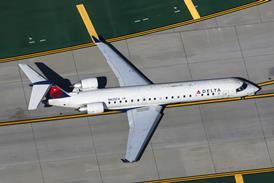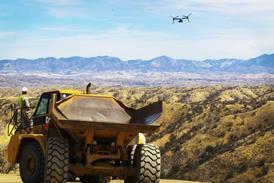Boeing's challenges on the new 777 are not restricted to the flight test. A key element of the aircraft's successful introduction into the product line-up involves slotting the new derivative into the current assembly process.
Boeing 777 production manager Jeremy Court has brought his automotive manufacturing experience with Ford and Toyota to lead a series of production-readiness initiatives to make the event as seamless as possible.
Compared to line number 94, the first 777-300, the first -300ER (line number 423) has 60% more new, or revised parts. But due to the large number of lean manufacturing initiatives (introduced since 1996-7) and the -300ER production initiatives, the first long-range derivative took 40% fewer unit hours to build compared to the first -300. The task has been complicated by significant changes, such as the new overhead space utilisation (OSU) for the crew rest areas.
"We've had to fundamentally redesign parts of the aircraft, particularly the main cabin because of the introduction of the OSU. It is completely different from a manufacturing perspective, with systems distributed to the sides and a new overhead lattice assembly which replaces the stow-bin ladder and secondary support structure," says Court.
A separate feeder line has been created in a corner of the sprawling Everett complex to manufacture the new lattice on site.
The Section 46 area has also been extensively "repanelised" with sturdier skins. "We have worked with suppliers in Japan to eliminate a join, and combined two body panels into one," says Court.
Other changes on the line include the installation of the raked wingtip. As with the 767-400ER, this unit is attached with two bolt-on mating faces, and requires no special tooling. "It has all resulted in a surprisingly flawless implementation on the factory floor," Court adds.
Source: Flight International























